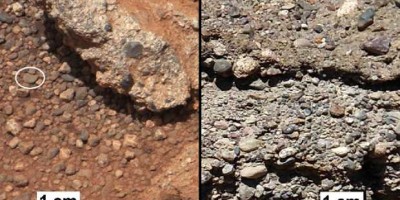Mars’s moons
Mars has two moons, Demios is very small – only about 12 km in diameter, and orbits in 30 hours. But since a Martian day is 24 hours, 39 minutes long, Demios isn’t much above synchronous orbit, and it takes 2.7 days to rise in the east and set in the west. From the equator of Mars, it looks about as big as the planet Venus does from Earth. Phobos…


